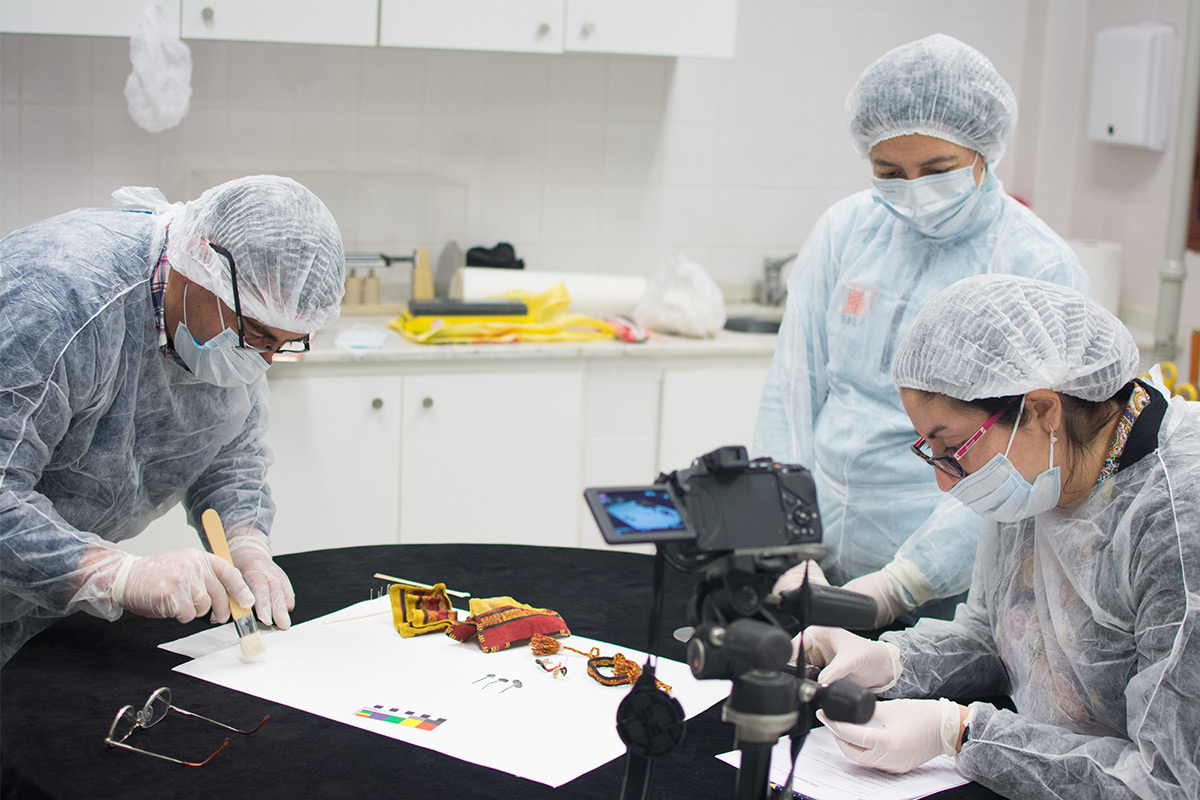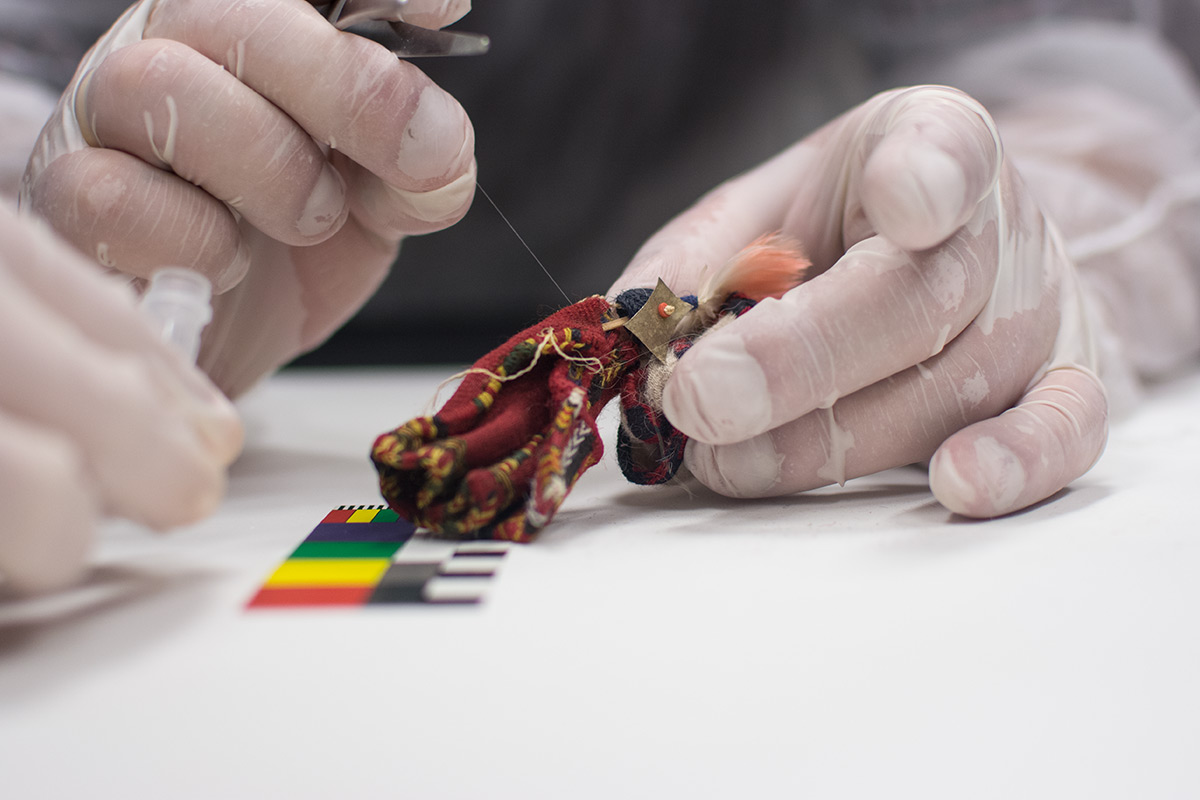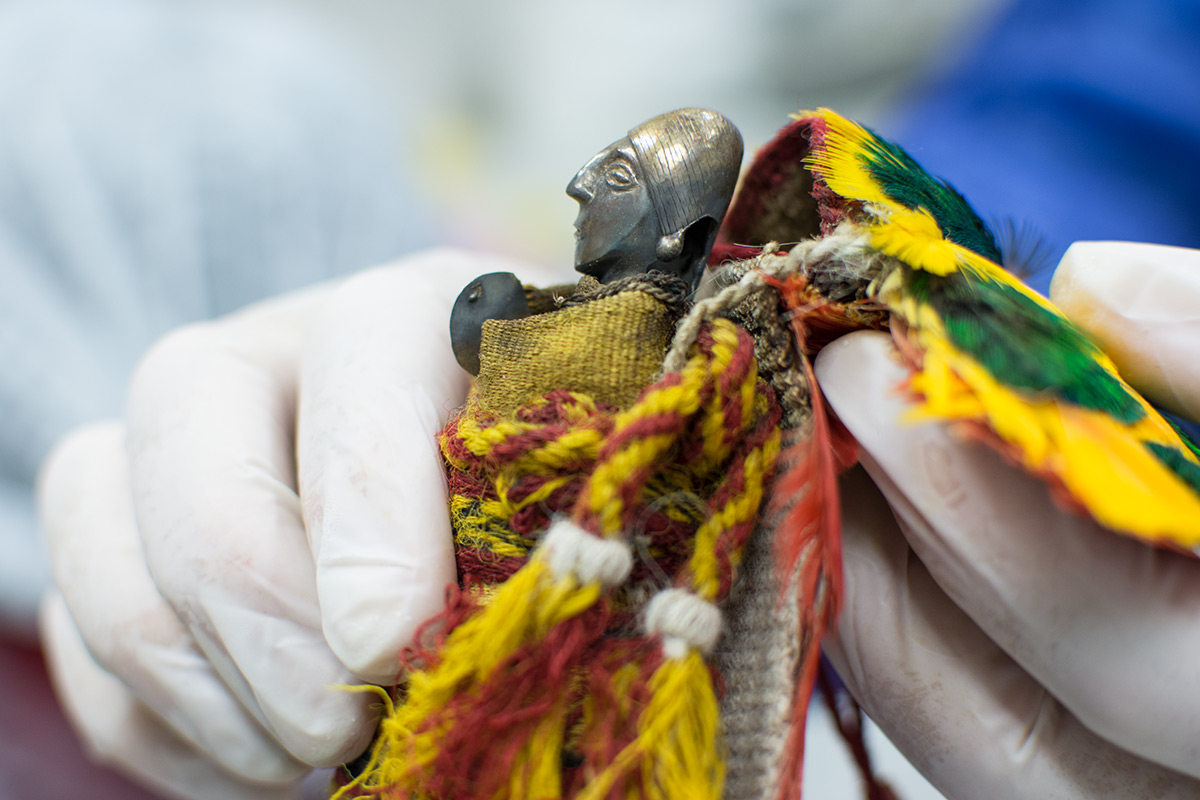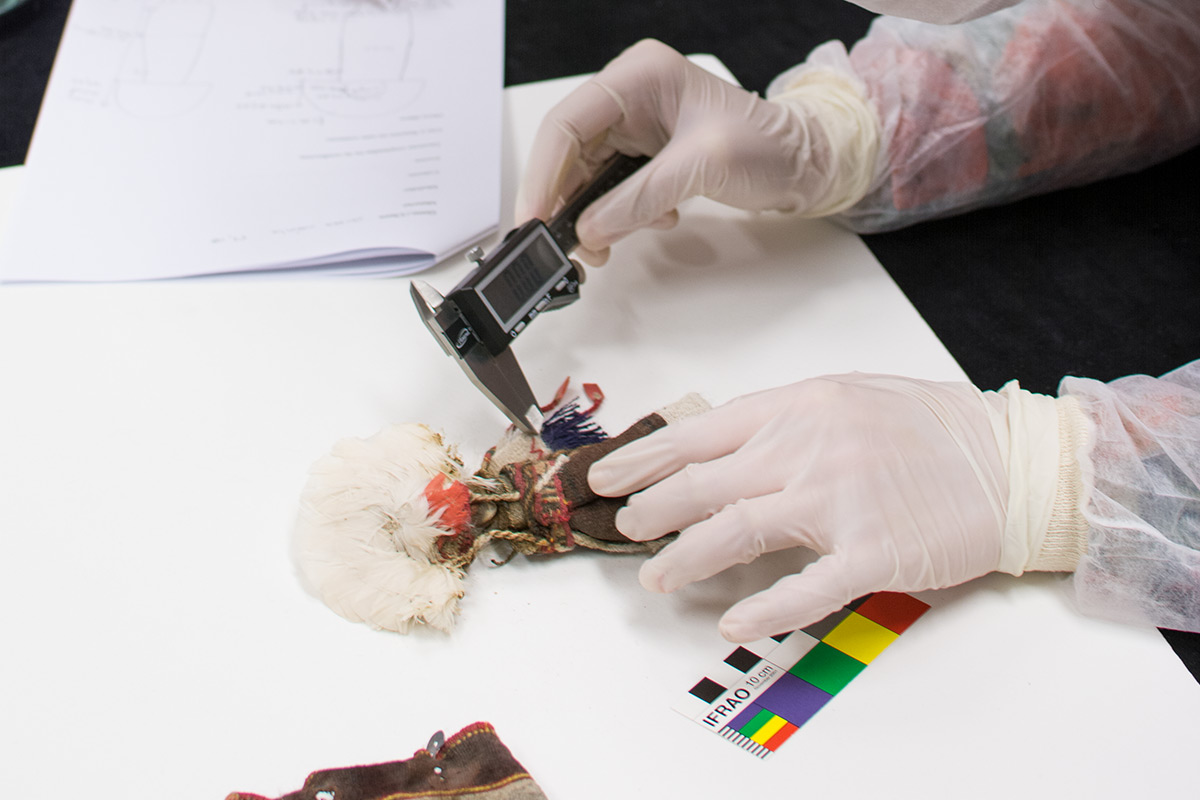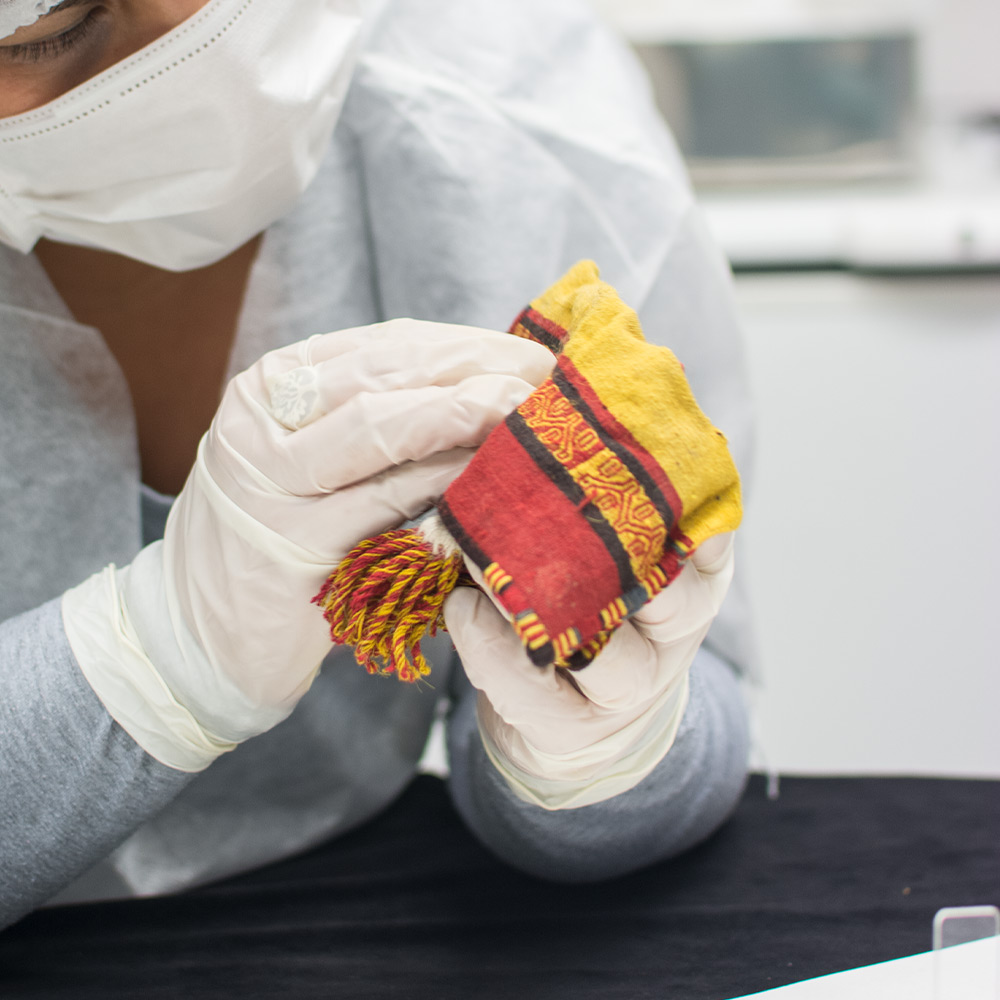The main purpose of the research area is to study and explore the heritage held by the Museum of High Altitude Archaeology. It also aims to connect with researchers from all over the world who are interested in investigating this heritage, so that we can together understand the cultural diversity. Therefore, this area needs to organize, oversee, and lead research projects within the Museum’s official structure.
This area also works to identify, research, and share the intangible cultural heritage of the people and communities connected to the Museum and it tries to implement proposals and actions to safeguard that heritage, as long as it remains within the museum’s guidelines.
It aims to create opportunities for training and sharing knowledge for different educational levels.
This area also looks for spaces for meeting, thinking, and discussion about different topics, working together with other departments of the Secretary of Culture, government organizations and interested people.
At the same time, its role is to promote and contribute to the dissemination and public communication of research results, fostering knowledge and appreciation of the region’s cultural richness. It also supports the creation and promotion of new content.
